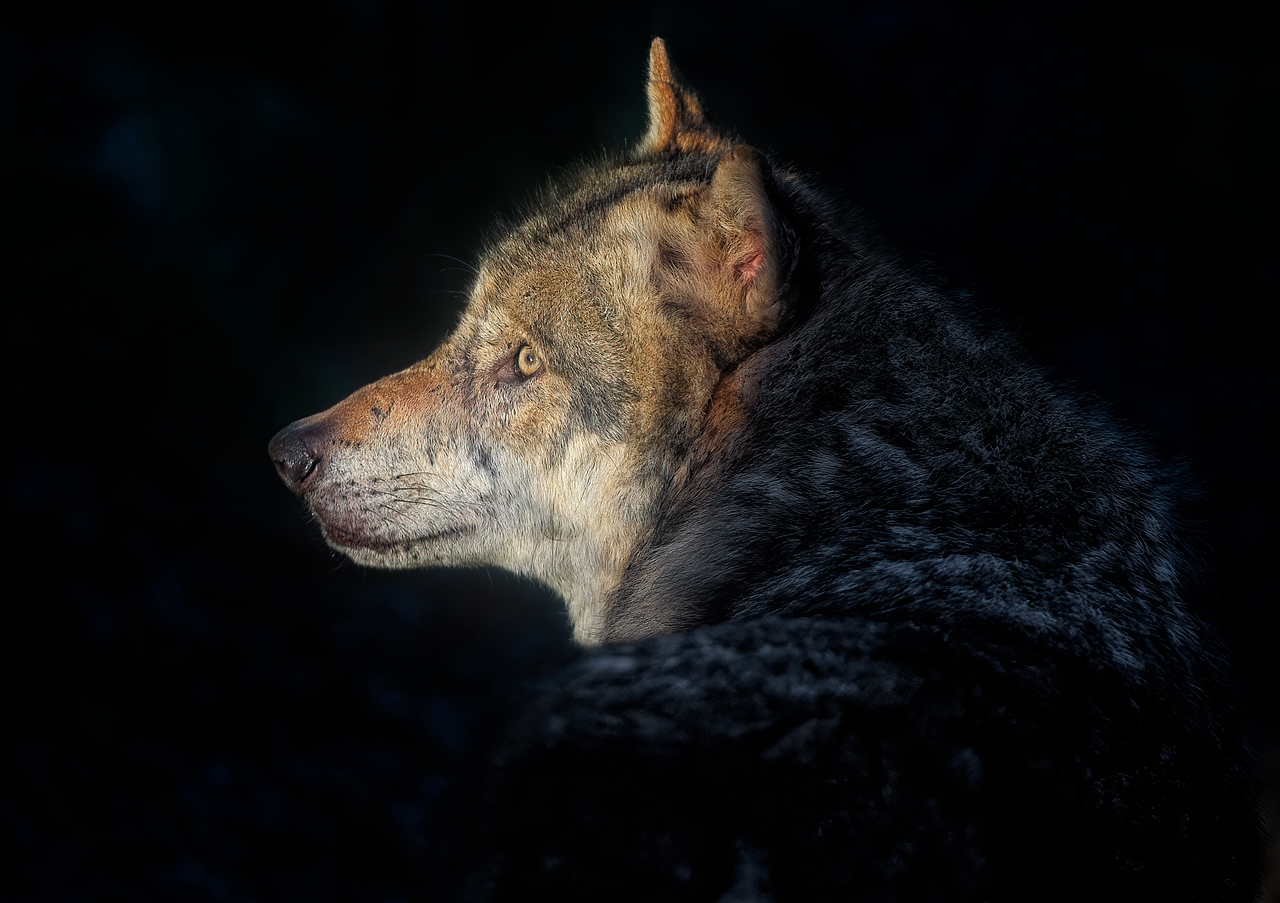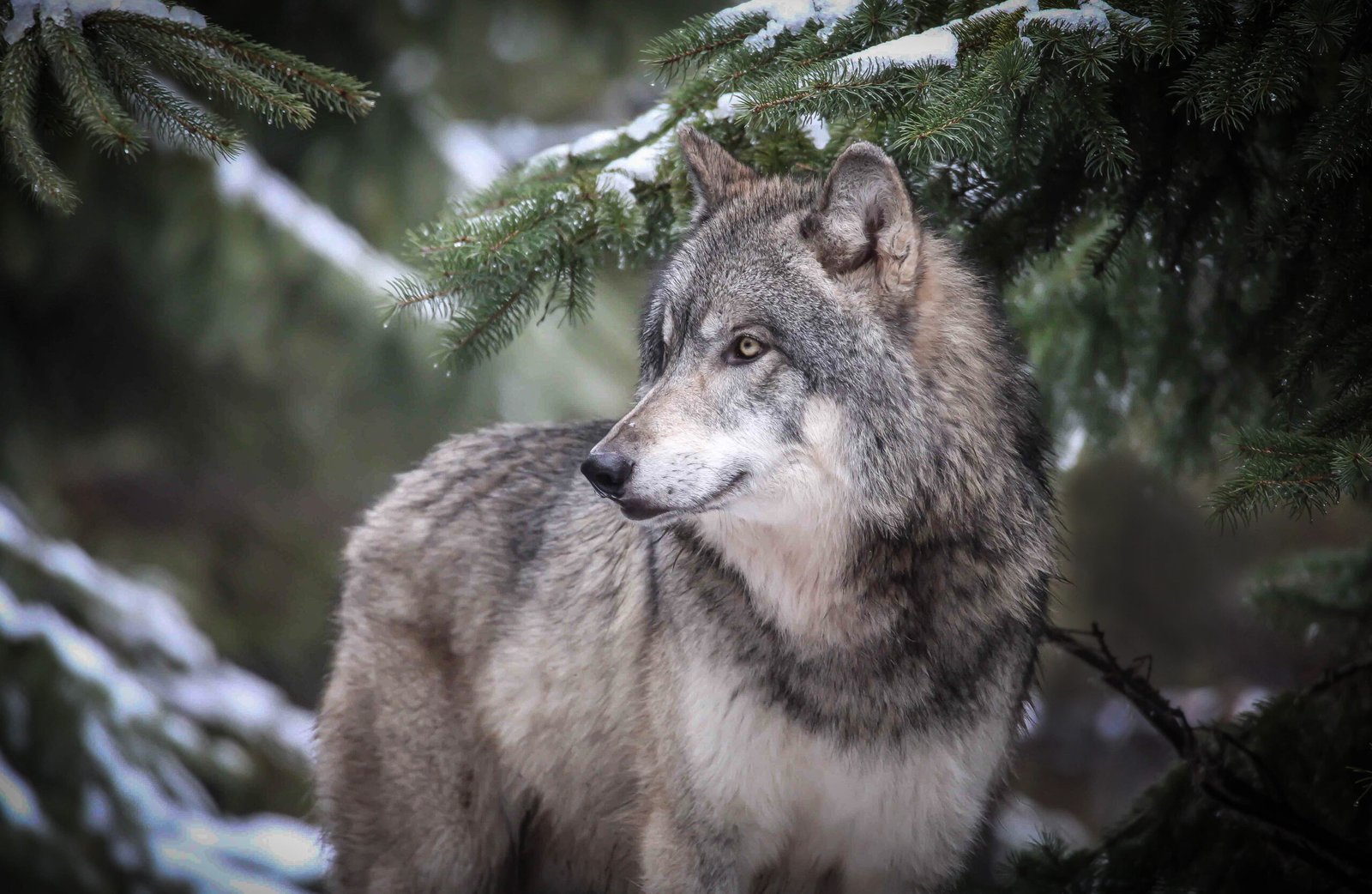Have you ever glanced out your window and spotted a pair of wild, golden eyes staring back at you from the tree line? In Minnesota, that moment isn’t just a fantasy—it’s a real possibility. Wolves aren’t just legends in the North Star State; they’re neighbors. If you have a furry friend at home, it’s enough to send your heart racing with worry and wonder. What should you do if a wolf pays your backyard a visit? Should you panic, hide, or try to chase it away? Let’s walk through the steps, so you can feel prepared, not petrified.
Recognizing the Wolf: Is It Really a Wolf?

Before you act, make sure you know what you’re dealing with. Wolves are often mistaken for large dogs or coyotes, but there are telltale signs. Wolves are bigger than most dogs, with long legs, bushy tails that point straight down, and large, rounded ears. Their fur is thick and usually a mix of gray, brown, black, and white. If you see something trotting with confidence and moving in a straight line, odds are it’s a wolf, not a wandering dog. Coyotes, on the other hand, are slimmer and have more pointed faces. If you’re unsure, keep your distance and observe calmly. Snapping a quick photo from inside can help wildlife professionals identify the animal later. The last thing you want is to misjudge the situation.
Stay Calm—Don’t Panic or Approach

It’s natural to feel a surge of adrenaline when you see a wild animal near your home, especially one as iconic and misunderstood as a wolf. Take a deep breath and remind yourself—wolves rarely pose a threat to humans. Their main goal is usually to pass through quietly or look for food scraps, not to cause trouble. Never try to approach, chase, or corner the wolf. Making sudden movements or loud noises from a safe distance inside your house is enough to let the animal know it’s not welcome. Panicking can startle both you and the wolf, leading to unpredictable results. Just like when you spot a stray dog, calm observation is your best friend.
Secure Your Pets Immediately

If you have dogs or cats, their safety should be your top priority. Call your pets inside right away—don’t wait or assume they’ll come back on their own. Wolves are wild predators and, while attacks are rare, they can see unsupervised pets as prey or competition. Even if your dog is large or used to chasing critters, it’s no match for a wild wolf. Double-check that all doors are closed and your pets are accounted for. Sometimes, the excitement can make pets harder to wrangle, so keep treats handy and use a cheerful voice to coax them in. Remember, your instinct to protect your furry companions is exactly right.
Keep Your Distance—Watch From Indoors

Curiosity is normal, but safety comes first. Resist the urge to step outside for a closer look or to try and scare the wolf away yourself. Instead, watch from a window or closed door. Wolves are most likely to leave on their own once they realize they’re being watched. If you have children at home, gather them inside and explain why it’s important to stay put. Think of it like watching a nature documentary, only this time, you’re the audience and the wildlife is live. Use binoculars if you have them, but never risk your safety or that of your loved ones for a better view.
Remove Attractants From Your Yard

Wolves are opportunistic eaters. If they find something tasty in your backyard, they might come back for more. After the wolf leaves, check your yard for anything that could attract wildlife. This includes garbage, pet food left outside, bird seed, compost piles, and even fallen fruit. Secure garbage cans with tight-fitting lids and feed pets indoors. If you have livestock or chickens, make sure their enclosures are strong and secure. Think of your backyard like a buffet—close it down, and uninvited guests will stop showing up.
Alert Your Neighbors and Local Authorities

Sharing information can help keep everyone safe. Let your neighbors know about the wolf sighting, especially if they have pets or small children. A simple text, phone call, or neighborhood social media post can spread the word quickly. In Minnesota, you should also contact local wildlife officials or the Department of Natural Resources (DNR). They track wolf movements and can offer advice or send someone to investigate if needed. Reporting sightings helps the community understand wolf behavior and prevents unnecessary fear or rumors.
Don’t Feed or Try to Befriend the Wolf
As tempting as it may be to toss a scrap of meat outside or snap a selfie, feeding wild wolves is dangerous and illegal in Minnesota. Wolves that get used to humans or handouts can lose their natural fear, which puts both people and animals at risk. Feeding can lead wolves to return again and again, and eventually, authorities may have to step in. Remember, part of loving animals—including wolves—is respecting their wildness. Admire from afar, but don’t invite trouble with a snack or friendly gesture.
Teach Children and Visitors About Wolf Safety

Children are naturally curious about wild animals. Use this as a learning moment. Explain to kids why they should never approach, feed, or try to interact with a wolf. If you have visitors from out of state, let them know that wolves are a part of Minnesota’s landscape and how to react if they spot one. You might even make it a fun family project to learn about wolves, their role in the ecosystem, and why keeping a respectful distance is important. Safety doesn’t have to be scary—it can be empowering.
Understand Minnesota’s Wolf Laws and Protections

Minnesota is unique—it’s the only state in the lower 48 with a sizable, naturally occurring wolf population. Wolves are protected under state and federal laws, which means it’s illegal to harm or harass them except in very specific situations. Knowing the law protects both you and the animals. If you feel threatened or experience a loss of livestock, contact the proper authorities for guidance. There are programs in place to help farmers and homeowners manage wolf encounters without resorting to violence. Consider it a partnership—living alongside wolves is a Minnesota tradition.
When to Seek Professional Help

Most wolf sightings are harmless, but if a wolf appears sick, injured, or unusually bold, it’s time to get help. Signs of illness include staggering, unusual aggression, or visible wounds. If a wolf refuses to leave, circles your home, or acts interested in people or pets, call the DNR or animal control right away. Professionals have the training and tools to handle these situations safely. Never try to trap, shoot, or capture a wolf yourself. Let the experts handle it—your role is to observe, report, and keep everyone calm until help arrives.
Spotting a wolf in your Minnesota backyard can be startling, but staying calm, informed, and respectful of wildlife is key. Wolves are typically shy and avoid human contact, but it’s still important to take precautions—secure pets, avoid approaching, and report sightings to local wildlife authorities. By understanding their behavior and responding responsibly, you help ensure the safety of both your household and the wolf. Remember, coexistence starts with awareness—and your actions can play a part in protecting Minnesota’s wildlife balance.

Sumi Sarkar from India holds a B Tech degree in Information Technology, is a freelance film maker, scriptwriter, content editor who loves animals, especially dogs.






